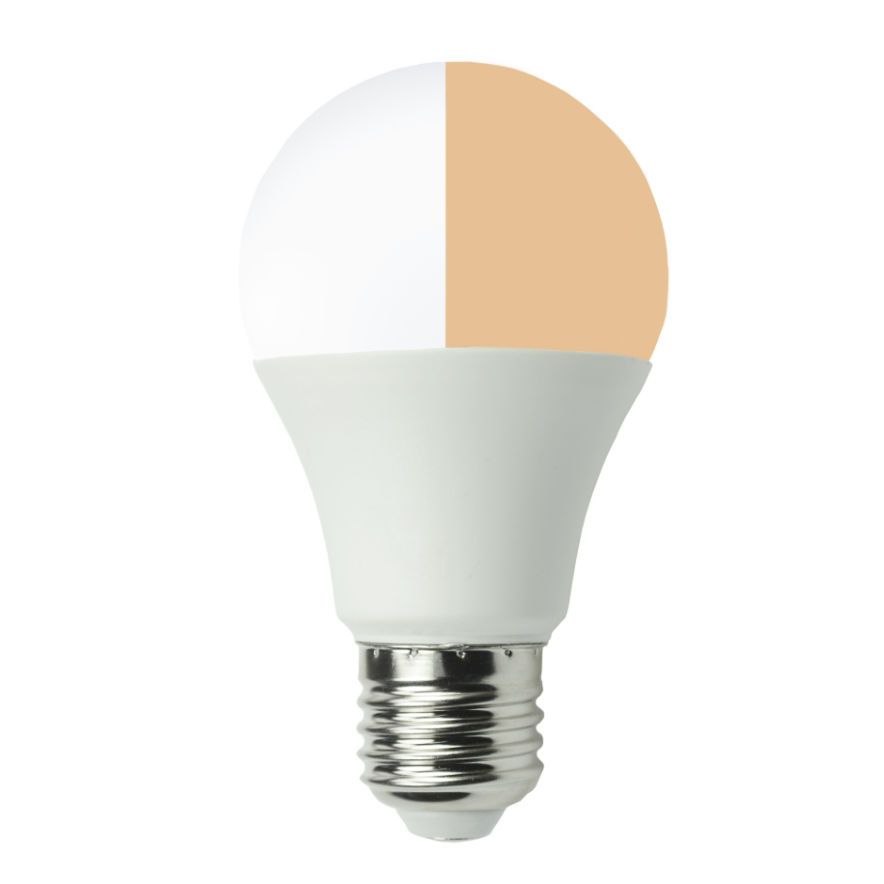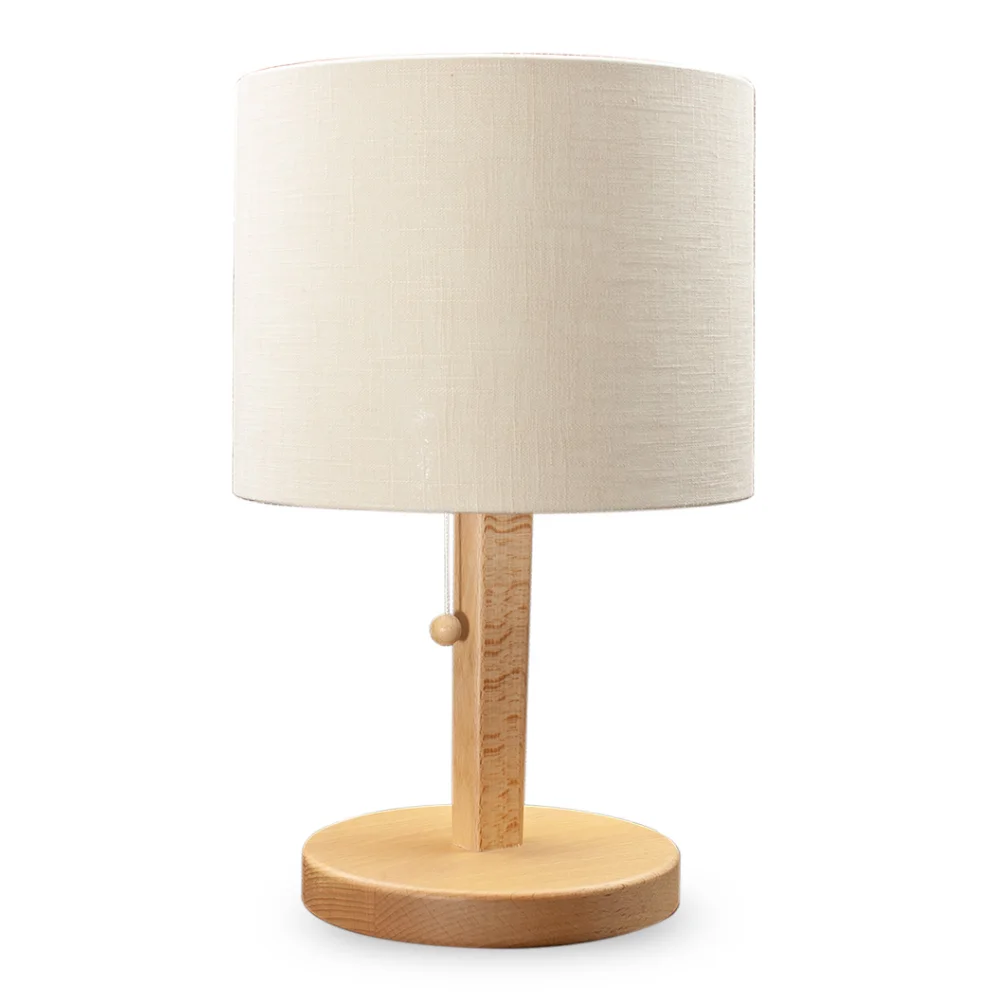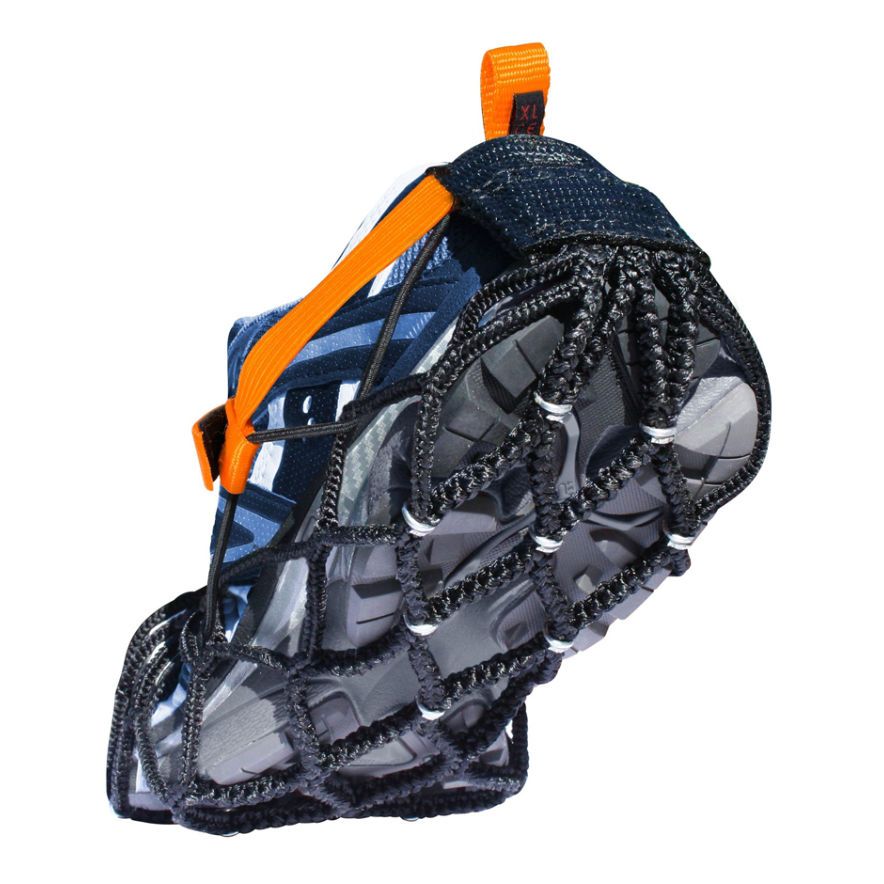Technical term Wiki
Ampere
The Ampere is the base unit of electrical current.
The electric current indicates how many electrical loads are moved in a certain amount of time. A comparison with a water hose: volts here are the water pressure or flow speed, and the amperes here are the amount of water that is being transported.
Amperes in geobiologyGeobiology deals with cause studies and shielding technology for restoring and maintaining health. More and in practice
Geobiologists only deal with currents indirectly in the form of tension fields and power lines. Normal house power supplies can take up to 16 amperes most of the time because the fuses that are normally used are designed for up to 16 amperes. Furthermore, unnatural alternating current flows through the power lines. The copper cable that is electrified with amperes produces an electromagnetic tension field. This disturbs communication between the nerves in the body through superposition because our body also works with current. Each cell in the human body creates direct current with a strength of 4 picoamperes (0.000000000004 amperes = 4 billionths) at 60-90 millivolts.
In order for the communication to repair and heal the cells and organism to work perfectly, certain influences should be prevented as best as possible – especially during the 6-8 hours of sleep per day. The products that we use for shieldingShielding is the protection from the effects of external fault zones and environmental influences (on a person's health most of the time). More are the mains disconnector, shielding mesh, and shielding paint.
» Ampere in detail on Wikipedia
Back to the technical term Wiki























